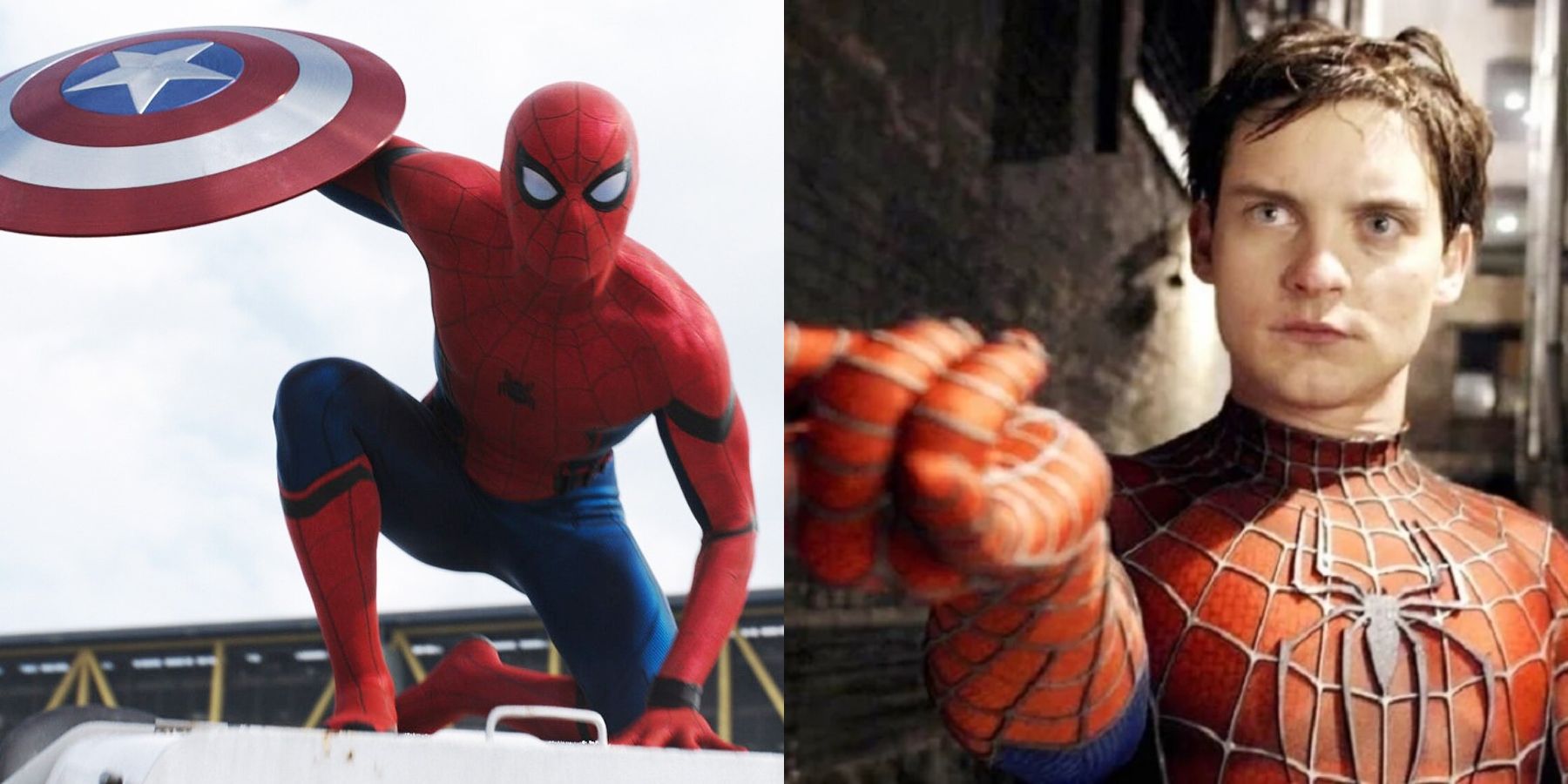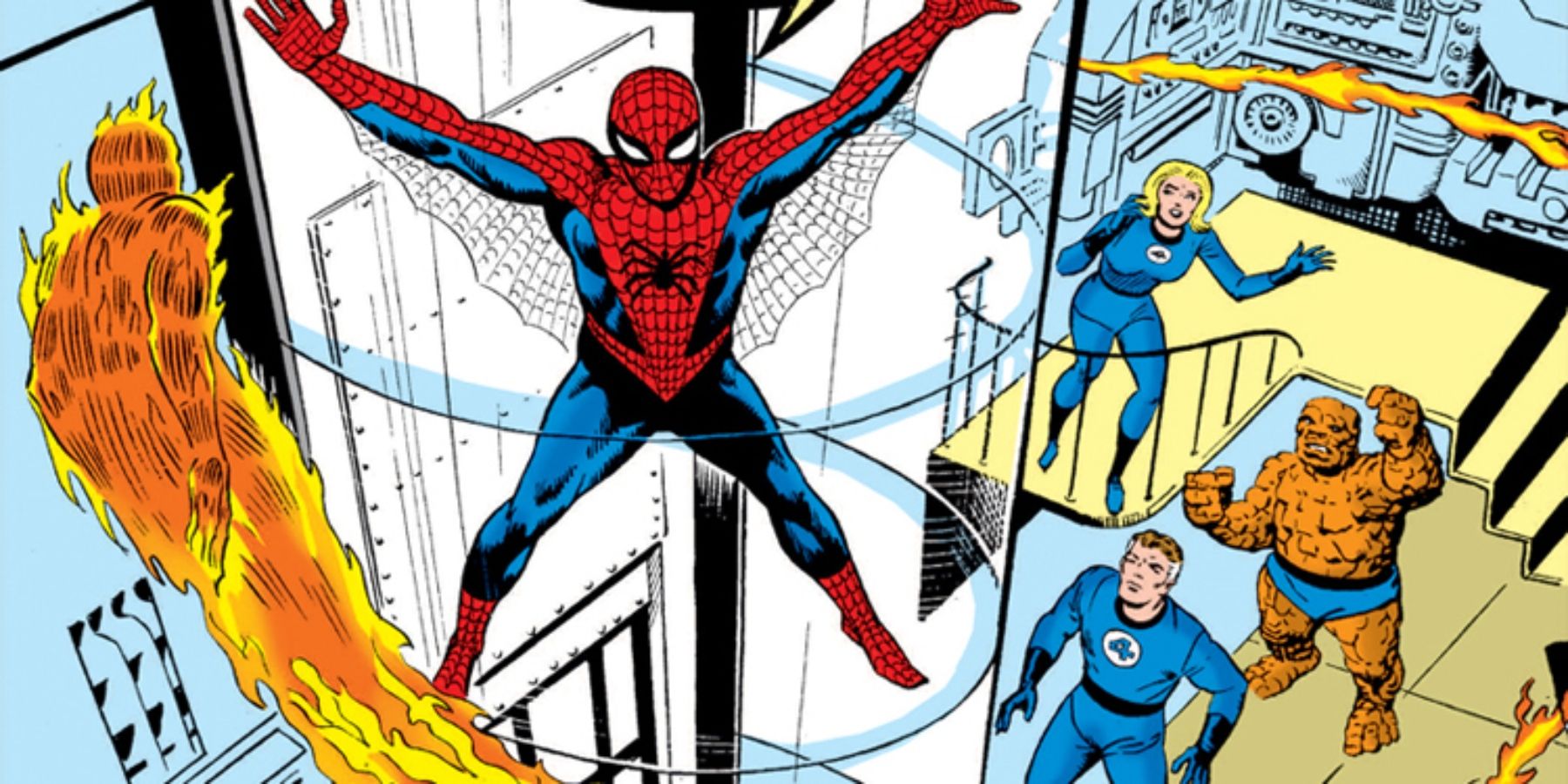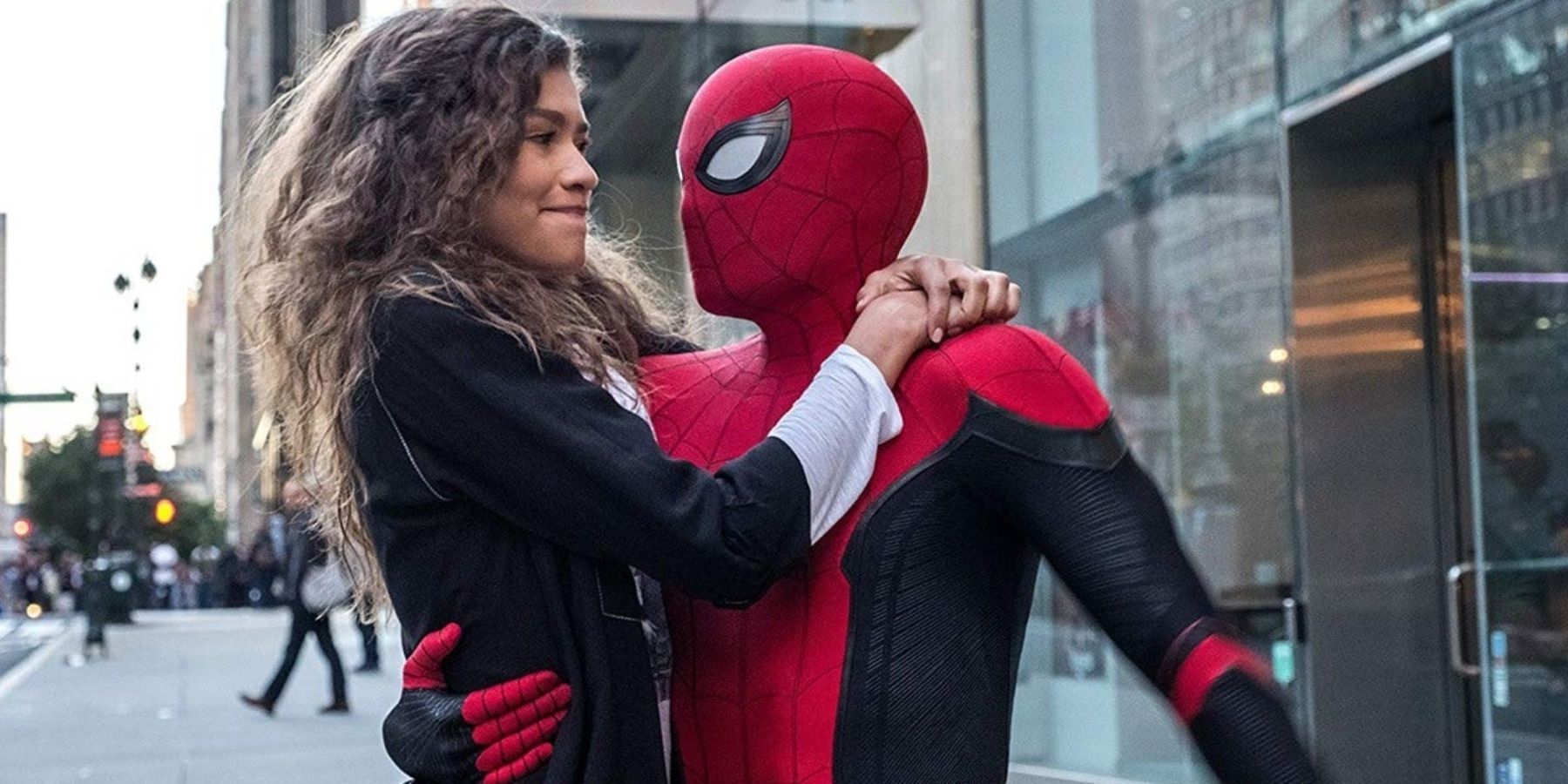Spider-Man: No Way Home, the third Spider-Man solo movie in the Marvel Cinematic Universe, is coming to theaters soon, much to the excitement of moviegoers everywhere. However, not everyone is happy with Tom Holland’s portrayal of Peter Parker — while he’s found success with critics and MCU fans alike, he’s proven to be much more controversial among die-hard Spider-Man devotees.
Many Spidey fans have criticized Tom Holland’s depiction of Peter Parker for being too different from the comics, claiming that his frequent collaboration with other heroes, lessened financial troubles, and lack of focus on Uncle Ben all go against the spirit of the character. And indeed, if one considers Tobey Maguire’s Spider-Man to be the most accurate adaptation of the character, then this is a fair argument. However, that doesn’t necessarily mean that other interpretations aren’t true to the comics — in fact, if one were to examine the original Amazing Spider-Man comics by Stan Lee and Steve Ditko, they’d find a very different Peter Parker than the one played by Tobey Maguire.
One major point of contention for many fans is the fact that Tom Holland’s Peter is closely connected to a wider superhero community, despite the fact that Spider-Man is usually seen as a loner. However, this hasn’t always been the case. Lee and Ditko’s Spidey often crossed paths with the other heroes of Silver Age Marvel, first encountering the Fantastic Four as early as Amazing Spider-Man #1 in March 1963, in which he attempted to join the team. In fact, the Human Torch made frequent enough appearances that he was essentially a regular character throughout the Lee-Ditko run. Most significantly, it was the Torch’s words of encouragement that first inspired Peter to adopt his never-give-up attitude after his soul-crushing defeat by Doctor Octopus in issue #3.
In many ways, Peter’s relationship with Human Torch and the FF in the comics mirrors his connection to Iron Man and the Avengers in the MCU: he starts out eager to join a team of more experienced heroes, is promptly faced with rejection, and soon comes to embrace his role as a friendly neighborhood Spider-Man. And while Johnny Storm is more of a headstrong best friend to Peter than a wise father figure, he still plays the role of a close confidant who inspires Spidey to be a better hero — while also being one of Marvel’s most popular characters at the time. But even outside of the Fantastic Four, Peter teamed up with plenty of other heroes throughout Lee’s tenure as writer, from Doctor Strange to Daredevil to the Hulk. And yes, he was even once recruited to join the Avengers in Amazing Spider-Man Annual #3, only to eventually decline membership.
In fact, during Brian Michael Bendis’ run on New Avengers from 2005 to 2012, Peter was a mainstay of the team, even moving into Avengers Tower for a time alongside Mary Jane and Aunt May. After all, if Peter is on Iron Man’s good side, then it’d be downright callous of Tony not to help out with the Parkers’ financial woes — and naturally, this is also the case in the MCU. (Side note: that same comic storyline is where the Iron Spider armor originates, created by Tony just like in the movies.) While the Raimi films’ focus on Peter’s constant struggle to pay the bills is indeed lifted straight from the comics, that doesn’t necessarily mean that money trouble is a critical part of Spider-Man’s character. It’d be more accurate to say that financial issues are just another facet of Peter Parker’s status as a relatable everyman protagonist.
Unlike most other superheroes of the 1960s, Peter isn’t a billionaire philanthropist, a famous scientist, or a godlike being from another world: he’s just a regular teenager from Queens with everyday problems. And while the MCU may not feature Peter taking photos for the Daily Bugle, it still places heavy emphasis on Peter’s relatable struggles, especially in regards to his tumultuous social life. Homecoming and Far From Home both place heavy emphasis on Peter’s struggle to balance his crime-fighting with his life as an ordinary teenager — something that’s been a core facet of the character since the beginning. Whether he’s hopelessly trying to get MJ to fall for him or leaving Liz Allan at the school dance to go fight the Vulture, Tom Holland’s Peter perfectly captures this aspect of the comics. In fact, the more comedic, almost sitcom-like take on Peter’s civilian life is much more in line with the tone of Lee and Ditko’s Spider-Man than the constant drama of the Raimi trilogy.
As for the lack of focus on Ben Parker, fans of the Raimi films will likely be surprised to hear that Peter’s beloved uncle is barely ever mentioned at all throughout the Lee-Ditko run. While Uncle Ben’s shadow looms large over Peter throughout the Raimi trilogy, Stan Lee’s scripts barely ever bring him up except in moments of crisis where Peter must remind himself why he fights to protect others — like the famous rubble-lifting scene that inspired Homecoming in issue #33, or the “Spider-Man No More!” storyline in #50. Considering Lee’s run would go years at a time without mentioning Uncle Ben at all, it’s suddenly not so shocking that the MCU would do the same. In fact, in Spider-Man’s debut in Amazing Fantasy #15, Uncle Ben only appears in three panels before his untimely demise. The famous quote “with great power comes great responsibility” is delivered not by Ben, but by a faceless narrator. The main motivator of Lee’s Spider-Man isn’t guilt or trauma, but simple selfless altruism.
Ultimately, the differences between Holland and Maguire’s portrayals of Spider-Man are due to their films playing up different aspects of the comics. The Raimi films emphasize the tragic side of Spider-Man: his tortured guilt complex and the constant strain his heroism takes on his life. But in the MCU, Peter’s great responsibility is not a burden he’s cursed with, but a duty he strives to uphold. Holland’s Peter helps others not to atone for past failure, but just because he can, and it’s the right thing to do. And the films emphasize that he enjoys helping people — being Spider-Man is an adventure to him, and his frequent wisecracks and wide-eyed optimism reflect this. Plus, he has plenty of allies who can lend a hand when he needs it.
Despite what some fans think, both the Raimi and MCU films do an excellent job capturing the spirit of the original Lee-Ditko Spider-Man. The only discrepancy comes in which aspects of the source material they choose to focus on. Maguire’s Peter plays up the emotional drama and down-on-his-luck struggle, while Holland’s Peter emphasizes the lighthearted antics and shared universe crossovers. But in the end, all these qualities are rooted in the original comics. Every live-action Spider-Man stays true to the selflessness, courage, and hope that make Peter Parker such a great hero to begin with, and as such, there doesn’t need to be a definitive “most accurate” iteration. Maguire, Holland, and even Andrew Garfield can all coexist as Spider-Man — and if the rumors are true, there’s a good chance they soon will.



